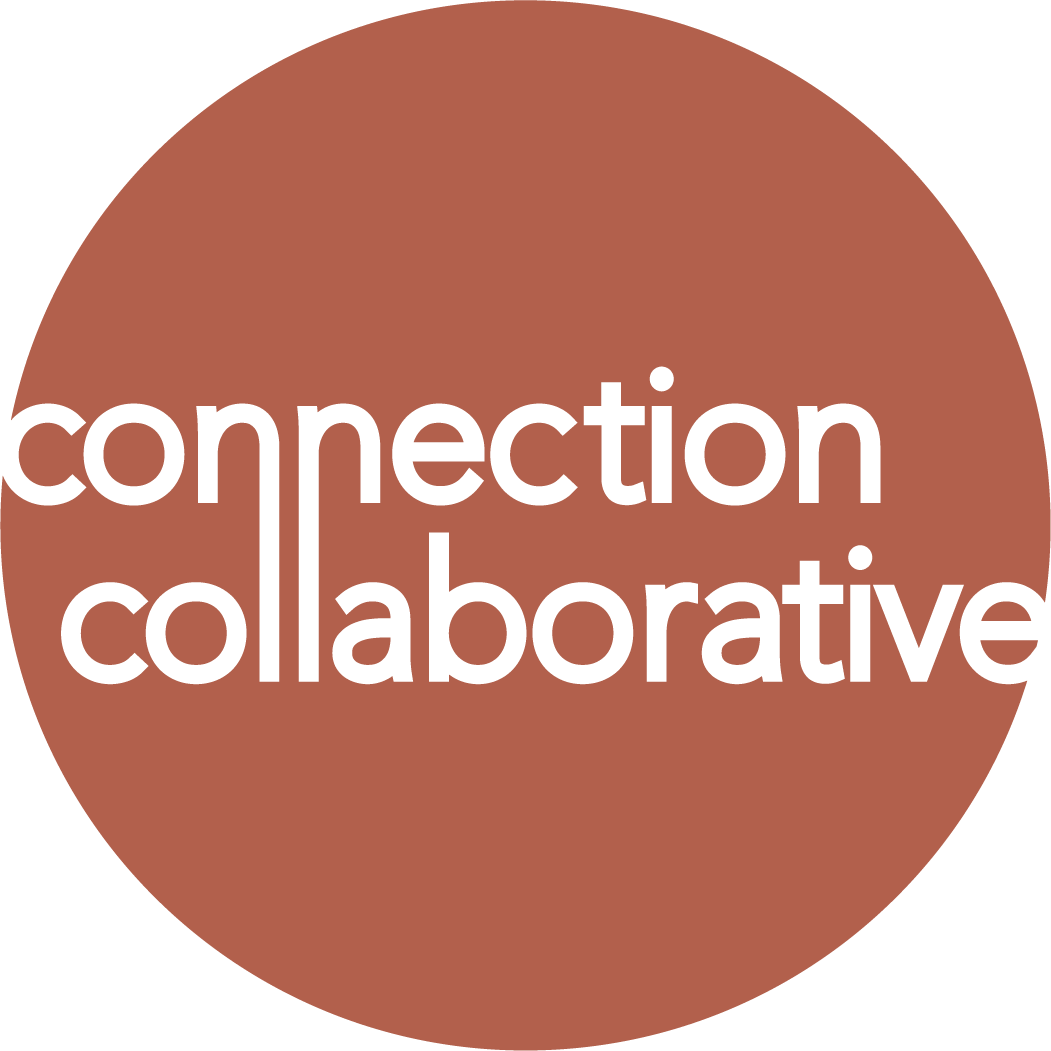Loneliness at Work
Earlier this year I facilitated discussions with my team related to Brene Brown’s book, Dare to Lead. One of the anecdotes in the book really stuck with me. Even now, months later, I’m continuing to think about it. The story is about DeDe Halfhill, an Air Force leader, who responded to a question from one of her airmen about burn out and being tired. In a moment of inspiration, she decided to use much more personal language: how many members of her squadron were lonely? Many of them raised their hands. It’s a powerful story, and one that changed her leadership trajectory forever. She began talking to people about the difference between how we feel when we hear the word lonely versus exhausted.
“When we use language that acknowledges our humanity at work, we build connection.”
When we use language that acknowledges our humanity at work, we build connection. Even when – especially when – we are talking about conditions such as loneliness.
Since 1972 the General Social Survey has tracked our lives. The 2016 report revealed that more than 50% of us report being exhausted due to work. This is a 32% increase in the course of 20 years. And there is a significant correlation between work exhaustion and loneliness. I found some great research that tells us that often, when we say that we are exhausted at work (and we are), we often mean that we are lonely.
“Over 50% of us report being exhausted at work”
Loneliness doesn’t mean being physically alone. And, of course, loneliness is very subjective. We all have different needs for connection. We can also feel lonely at work but not in other areas of our lives.
But we can feel lonely due to the emotional exhaustion of workplace burnout. And this isn’t just a problem for overworked executives. It is pervasive. It runs throughout all industries and all hierarchies. And it is dangerous. Loneliness can reduce your life expectancy more than drinking or smoking combined! It can increase heart disease by 30%. And, it can register as physical pain in our brain.
Studies show that loneliness at work also hurts the corporate bottom line: almost 37% higher absenteeism, 49% more accidents, 16% lower profitability, and a 65% lower share price over time.
“The most important factor that leads to workplace happiness is our relationships with our coworkers.”
The idea that so many of us may be struggling with burnout due to our emotional exhaustion and loneliness is heartbreaking. But there is something we can do about it. And the key here is noting that our growing levels of exhaustion may be linked to our need for meaningful connection. Research has shown that the most important factor related to workplace happiness is positive social relationships with coworkers.
So what are some concrete steps to combat emotional exhaustion and loneliness at work?
· Encourage and promote a culture of inclusion and empathy
· Build developmental networks – (coaching and mentoring programs)
· Celebrate successes
At Connection Collaborative we thrive on creating opportunities for authentic engagement, impactful mentoring programs, and mission and people centric endeavors. The workplace exhaustion problem has reached epidemic levels – employee burnout costs the U.S. healthcare system hundreds of billions of dollars per year. Let’s work together to solve the problem.
